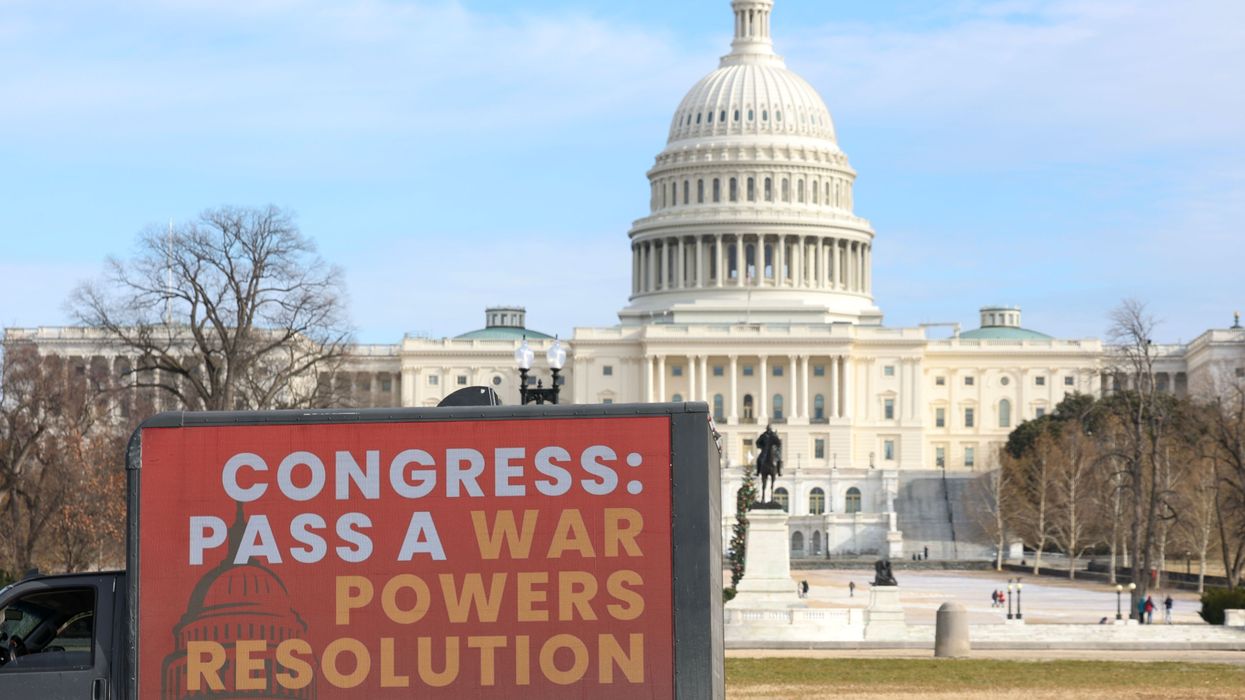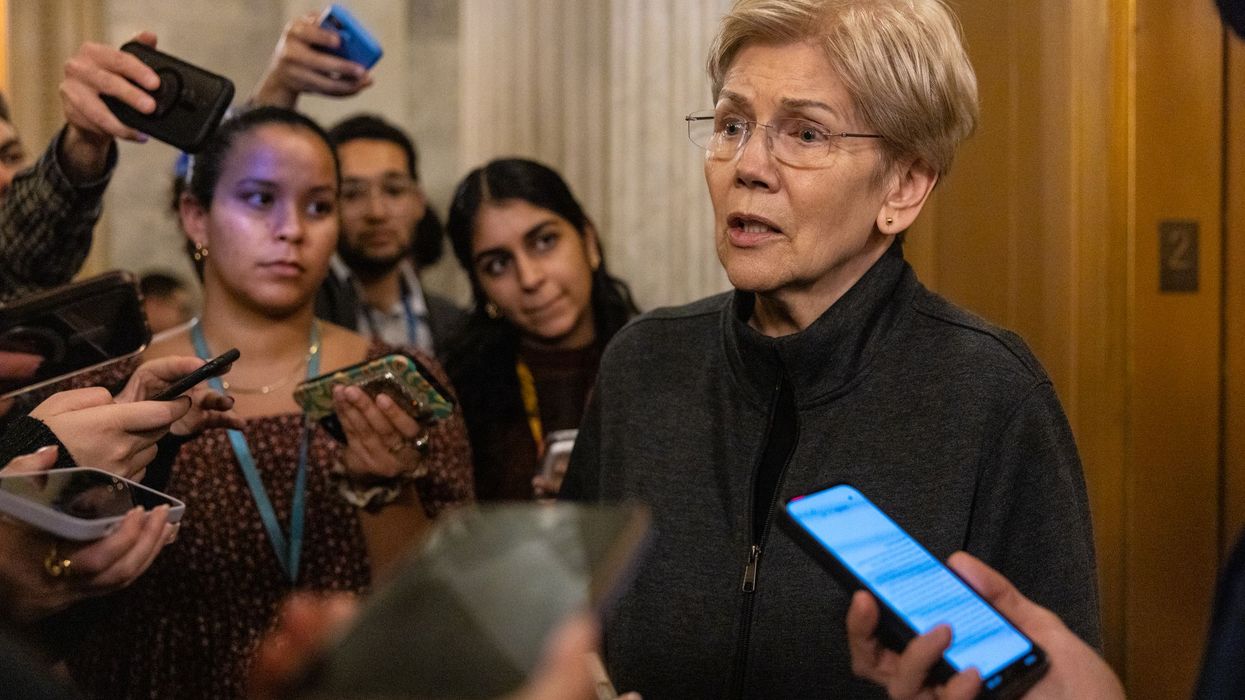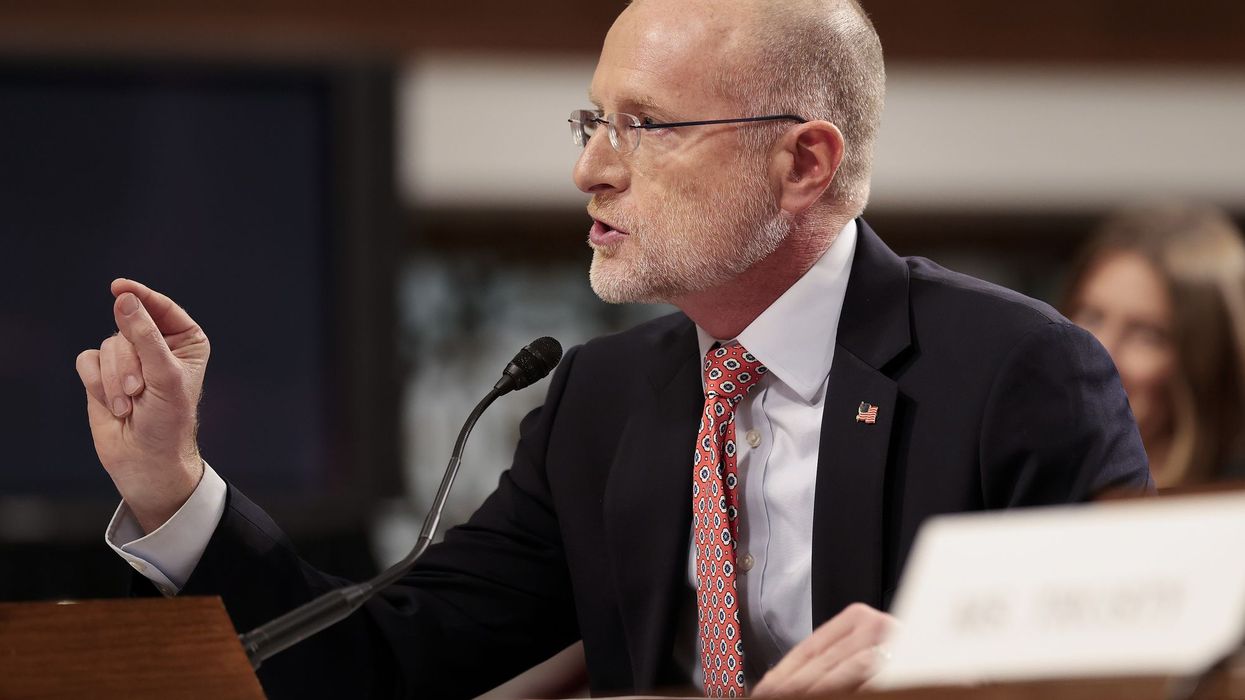Arizona conservation groups today welcomed the Biden administration's plan to conserve at least 30% of the nation's lands and waters by 2030 and urged state and local officials to commit to the urgent work of protecting biodiversity, slowing the wildlife extinction crisis and addressing the climate emergency.
The plan, required under President Biden's January executive order, outlines ways to measure progress and support local efforts. It also encourages local communities to help identify what lands should be protected and what steps should be taken to safeguard critical wildlife habitats, connectivity corridors, climate refuges and waterways.
"This report is a good start, but it's critical to ensure that at least 30% of our wild places in the U.S. and in Arizona are fully protected," said Joe Trudeau, Southwest conservation advocate at the Center for Biological Diversity. "Arizona has a remarkable opportunity to lead the way because of our state's diverse natural and cultural landscapes. From biodiversity hotspots like the streams along the Mogollon Rim to migrating birds in our urban greenways, wildlife habitats need stronger protection if we're to have any chance of leaving a livable planet to our grandchildren."
Arizona groups recently launched a 30x30 task force to begin establishing key conservation areas, partners and priorities. Arizona's deserts, mountains and rivers harbor a vast diversity of wildlife and provide habitat for dozens of rare species that need greater protection.
"Only in Arizona do you find overlapping ranges of jaguars, ocelots, Mexican gray wolves, mountain lions, black bears and bobcats," said Rob Peters, senior representative in Defenders of Wildlife's Southwest office. "Yet our public lands and private lands are being assaulted by uncurbed mining, development and a useless border wall. These areas are ground zero for destruction and top priority for enhanced conservation."
"Ensuring wildlife connectivity between protected areas -- from Arizona's borderlands to the Grand Canyon -- is a conservation priority essential to sustain native biodiversity and reduce the risk of extinction, especially in the current era of rapid climate change," said Kim Crumbo, wildlands coordinator for the Rewilding Institute.
"While large landscape conservation designations are a big piece of achieving Arizona's 30x30 goals, there are important roles to be played by conservation easements benefiting private landowners, as well as community parks, open spaces and active restoration projects," said Mike Quigley, Arizona state director of The Wilderness Society. "There is a role for everyone, and everyone will be welcomed."
The plan emphasizes investing in parks, improving recreation access and supporting local conservation efforts. Save the Dells, a community group fighting to preserve the iconic Granite Dells in Prescott, is one Arizona example.
"Preserving this spectacular natural wonder on the edge of one of Arizona's fastest-growing cities is a prime example of why 30x30 is so critically important," said Amber Fields, chair of Save the Dells. "Without efforts like ours, urban sprawl will continue to gobble up Arizona's precious land and water. We can't let that happen and we invite everyone to join this effort for the sake of future generations."
The president's order requires federal officials to support local, state, private and tribal conservation and restoration efforts and work to improve access to nature for low-income communities and communities of color.
" Sierra Club is eager to work on this program to protect lands and waters throughout the U.S. including here in Arizona," said Sandy Bahr, director of Sierra Club's Grand Canyon (Arizona) Chapter. "This effort must be grounded in equity and justice, recognizing the leadership and knowledge of Indigenous people and diverse communities relative to the lands and waters that may be considered for protection and ensuring that these communities are part of 30x30 from the beginning."
Conserving at least 30% of Arizona's natural areas will protect jobs, health and social stability by helping reduce global warming and preventing the degradation of ecosystems and species extinctions. Meeting the goal will require preventing more habitat loss, increasing levels of protection, and prioritizing biodiversity protection and carbon storage. On publicly owned national forests and Bureau of Land Management lands, this should include creating new wildlife refuges, wilderness areas, parks and monuments.
Three quarters of the planet's lands and two thirds of its ocean have been heavily altered by humans. Habitat loss and degradation remains the largest driver of extinction in the United States and around the world. The United States loses a football field's worth of natural area every 30 seconds to human development, with serious effects on wildlife, fresh water and clean air.
A 2019 intergovernmental report said more than 1 million plant and animal species are faced with extinction. Species are dying out at tens to 1,000 times higher than the natural rate. For example, there are fewer than 400 North Atlantic right whales left and just 14 red wolves known in the wild in North Carolina. In the Southeast extinction looms for 28% of the region's fishes, 48% of crayfishes and nearly 70% of freshwater mussels.




